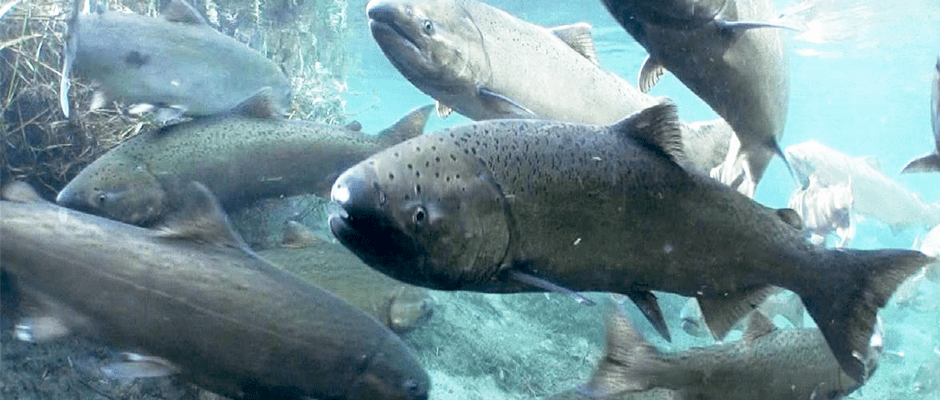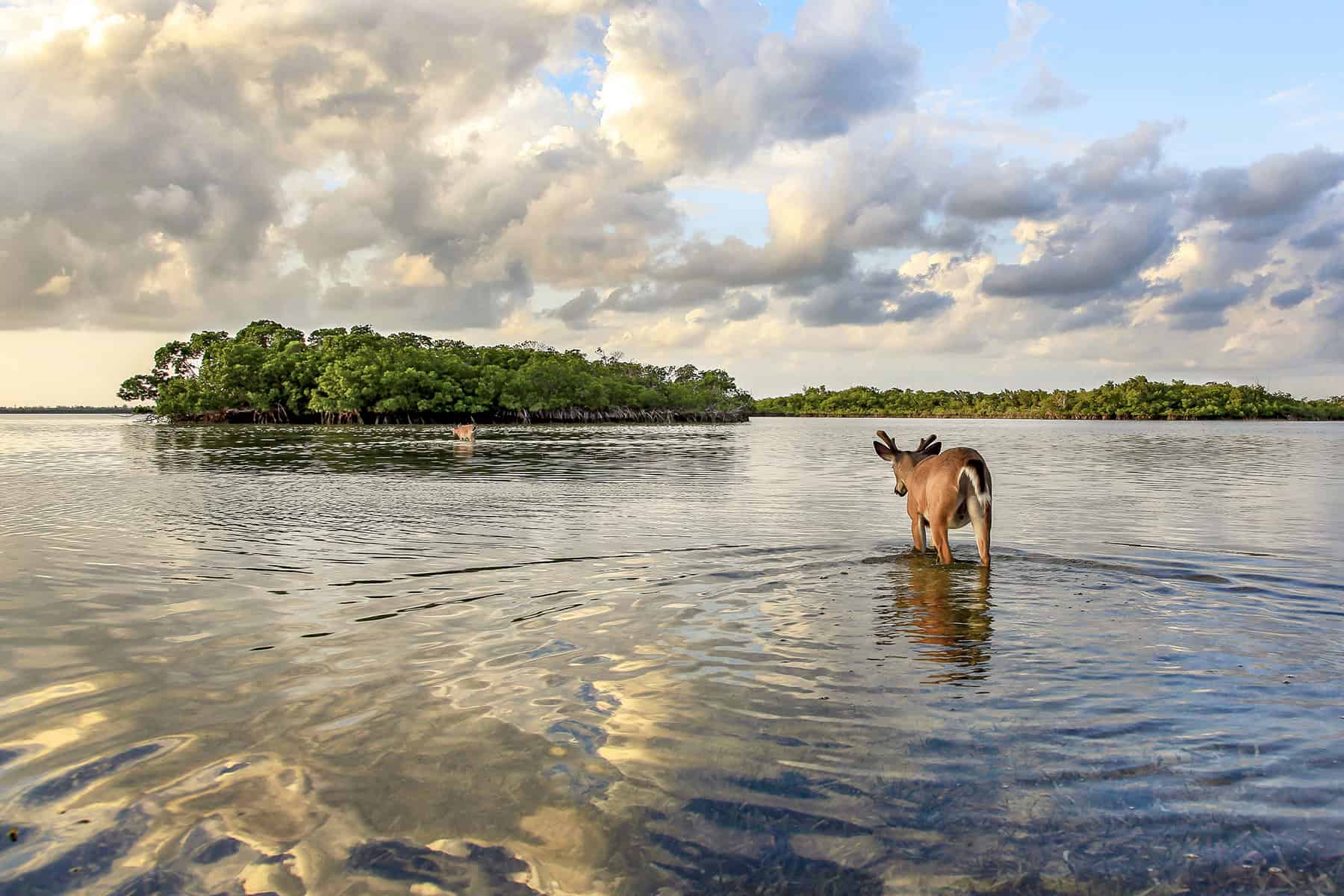Share this article
Stocking helps some Lake Michigan fish more than others
Recreational fishing is a major industry in Lake Michigan, but stocking doesn’t benefit all fish species equally, especially as invasive mussels and other factors deplete nutrients from the waters.
To help managers decide which fish to stock, a team of researchers set out to create a tool to help them understand which would benefit most. Looking at some of the fish most popular with anglers, they found Chinook salmon (Oncorhynchus tshawytscha) gained far less from stocking than steelhead trout (Oncorhynchus mykiss) and lake trout (Salvelinus namaycush).
“Managers are trying to balance the reduction in lower productivity with how to stock fish with such recreational value,” said David “Bo” Bunnell, a research fisheries biologist at the USGS Great Lakes Center and a coauthor of the study. “It’s a multibillion dollar recreational fishery industry for these salmon in the Great Lakes. It’s a key part of the economy and coastal ecosystem.”
The Lake Michigan ecosystem has been invaded by zebra and quagga mussels, which can reduce available food for fish and change the dynamic of the ecosystem. Over the past 40 years, it has also faced a reduction in nutrients from tributaries, mostly due to water quality management practices. The combination has prompted researchers to question the effects on fish that recreational anglers like to catch.
For the study published in the journal Ecosystems, lead author and postdoctoral researcher at Michigan State University Yu-Chun Kao and his team gathered data on the lakes from federal and state agencies and other sources. They found that Chinook salmon might be so close to their carrying capacity in Lake Michigan that decreasing their stocking rates would have little effect on their numbers.
Modeling Lake Michigan’s food web dynamics using 288 scenarios, including different levels of stocking, nutrients and effects of invasive mussels, Kao and his colleagues found that they were right. Managers could reduce Chinook salmon stocking and still support a thriving fishery.
Stocking lake and steelhead trout, however, would benefit those species much more, they found.
“As the lake is changing, the ability of lake trout to exploit the benthic pathway for energy is why stocking lake trout may give you a better return than stocking Chinook salmon,” Bunnell said.
This may be because the trout can feed on bottom-dwelling round goby (Neogobius melanostomus), a newly established prey fish that feeds on quagga mussels. Chinook salmon, on the other hand, don’t feed on the goby.
“We’re not at all saying Chinook salmon aren’t going to do well,” Bunnell said. “They can still thrive in an ecosystem that is less productive than it used to be. Managers just might not need to stock as many because of the ability of Chinook salmon to naturally reproduce.”
“We hope this model is useful to support decision making and is among several tools managers can use to make stocking decisions,” Bunnell said.
Header Image: Chinook salmon swim in Lake Michigan, where stocking them may not be as effective as it is for lake or steelhead trout. ©Michael Humling, U.S. Fish and Wildlife Service








